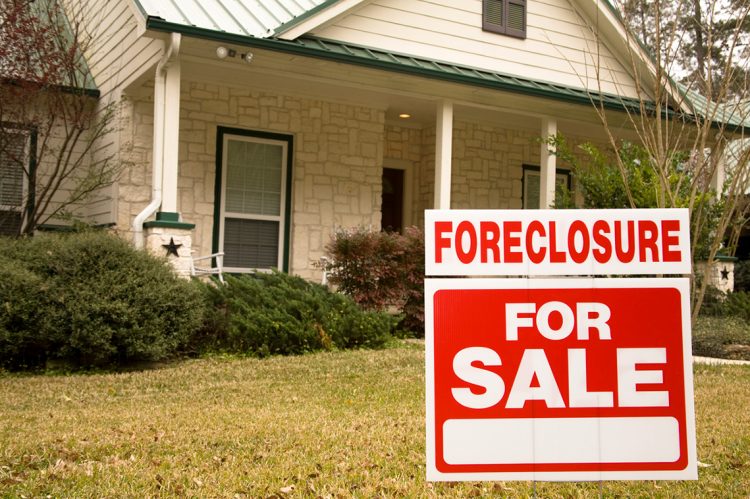Approximately 1.3 million (1,264,241) residential properties in the United States sit vacant, according to a new report released this week by ATTOM. That figure represents 1.26%, or one in 79 homes, across the nation.
ATTOM’s Q4 2022 Vacant Property and Zombie Foreclosure Report reveals that 284,423 residential properties in the U.S. are in the process of foreclosure in Q4 of 2022, up 5.2% from Q3 of 2022 and up 27.4% from last year. Among those pre-foreclosure properties, 7,722 are zombie foreclosures (pre-foreclosure properties abandoned by owners), up 0.2% from the prior quarter and 3.9% from a year ago. The count of zombie properties has grown in each of the last three quarters.
Key highlights:
- The biggest quarterly zombie foreclosure increases in states with at least 50 zombie properties are in Kansas (up 32%), Nevada (up 25%), Connecticut (up 15%), Georgia (up 15%) and Indiana (up 13%).
- The biggest quarterly decreases were in Michigan (down 23%), New Jersey (down 12%), North Carolina (down 10%), Ohio (down 9%) and Maine (down 7%).
- New York has the highest overall number of zombie homes to all residential properties (1,995), followed by Florida (1,030), Ohio (841), Illinois (780) and Pennsylvania (368).
- Overall vacancy rates dip for third straight quarter: The vacancy rate stands at 1.26%, down from 1.28% in Q3 2022 and from 1.33% last year. States with the biggest annual drops are Tennessee (-1.05%), Minnesota (-0.37%), Wisconsin (-0.33%), Georgia (-0.29%) and Oregon (-0.2%).
- Among the roughly 5,000 foreclosed homes, 9.3% are vacant. In states with at least 50 bank-owned homes, the largest vacancy rates are in Illinois (21.2% vacant), Ohio (13.3%), New York (12.3%), Florida (11.4%) and Maryland (11.2%).
- Zombie foreclosures represent the highest portion of overall residential properties in Broome County (one of every 620 properties); Peoria County (one of every 1,184); Cuyahoga County, Ohio (one of every 1,226); Suffolk County, New York (eastern Long Island) (one of every 1,259) and Bronx County, New York (one of every 1,347).
Major takeaway:
“The government’s foreclosure moratorium dramatically reduced the number of properties in foreclosure,” said Rick Sharga, executive vice president of market intelligence at ATTOM. “Vacant and abandoned properties were among the few homes that could still be foreclosed on during the moratorium, so the number of zombie properties shrank as well. Now that the foreclosure ban has been lifted, we’re likely to see a gradual return to pre-pandemic levels.”
Added Sharga, “Low vacancy rates are also a major factor in there being few zombie homes. And with demand from both traditional homebuyers and investors still relatively strong, and the inventory of homes for sale still very low, vacancy rates for residential homes is about as low as it’s ever been.”
For the full report, click here.












